Unlocking the Sweet Science of Chaptalization in Winemaking.
- 2023-10-07 05:00:00
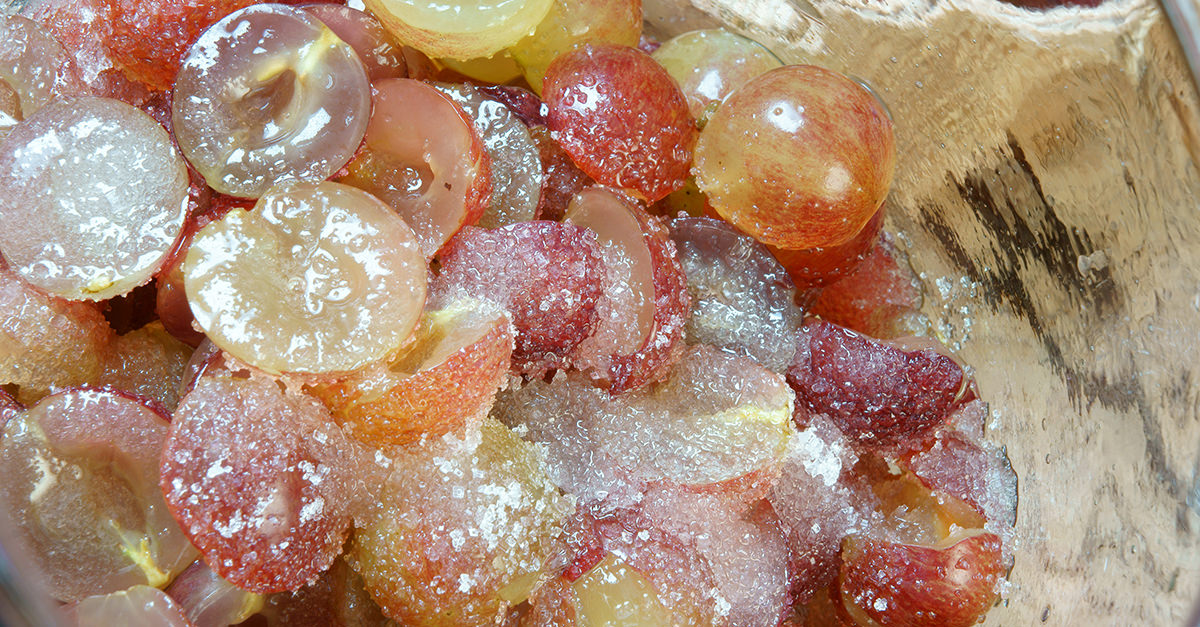
Chaptalization, a winemaking technique named after the French chemist Jean-Antoine Chaptal, involves the addition of sugar to grape must before fermentation. This practice, which has been used for centuries in cooler wine regions to boost alcohol levels and improve wine quality, remains a subject of debate and controversy among winemakers and enthusiasts. Let's explore the science behind chaptalization, its implications for wine production, and the ongoing discussion surrounding its use.
- The Purpose of Chaptalization: Chaptalization serves several purposes in winemaking, primarily to increase the sugar content of grape must and thus raise the potential alcohol level of the finished wine. In cooler climates or cooler growing seasons, grapes may not ripen fully, resulting in underripe fruit with insufficient sugar levels for fermentation. By adding sugar to the must, winemakers can ensure that the resulting wine achieves adequate alcohol levels and balance.
- The Process of Chaptalization: Chaptalization involves dissolving sugar, typically sucrose or glucose, in water and adding it to grape must before fermentation begins. The amount of sugar added depends on various factors, including grape variety, vineyard location, desired wine style, and regulatory limits set by wine authorities. Winemakers carefully calculate the amount of sugar needed to achieve the desired alcohol level without compromising flavor or balance.
- Impacts on Wine Quality: When used judiciously and in accordance with regulations, chaptalization can enhance wine quality by improving fermentation kinetics, alcohol balance, and flavor development. By increasing alcohol levels, chaptalization can impart greater body, structure, and depth to wines, particularly in regions where grapes struggle to reach optimal ripeness. However, excessive chaptalization can lead to unbalanced wines with high alcohol levels and residual sugar, masking varietal character and terroir expression.
- Regulatory Considerations: The use of chaptalization is regulated by government authorities in many wine-producing regions, with strict guidelines and maximum allowable limits for sugar addition. These regulations aim to ensure transparency, fairness, and quality in winemaking, preventing the abuse of chaptalization to artificially boost alcohol levels or mask grape deficiencies. Winemakers are required to adhere to these regulations and accurately declare any sugar additions on wine labels.
- Cultural and Philosophical Perspectives: Chaptalization remains a contentious issue in the wine world, with debates surrounding its cultural, philosophical, and ethical implications. Traditionalists argue that chaptalization interferes with the natural expression of terroir and grape characteristics, favoring technical manipulation over authenticity and purity. Conversely, proponents view chaptalization as a tool for achieving balance, consistency, and quality in winemaking, particularly in challenging climates or vintages.
- Consumer Awareness and Transparency: As consumer interest in food and beverage transparency grows, some wineries are voluntarily abstaining from chaptalization and embracing practices such as organic and biodynamic farming, minimal intervention winemaking, and natural fermentation. These wines, often labeled as "unfined and unfiltered" or "minimal intervention," appeal to consumers seeking wines made with minimal additives and a more hands-off approach to winemaking.
In conclusion, chaptalization remains a complex and nuanced topic in winemaking, reflecting the intersection of tradition, science, regulation, and philosophy. While it can be a valuable tool for achieving desired wine styles and quality standards, chaptalization should be approached with caution and respect for terroir, varietal character, and regional identity. By understanding the purpose and implications of chaptalization, consumers can make informed choices and appreciate the diversity and complexity of wines crafted with integrity and skill.
Richard Parker, California
-
Recent Posts
-

Tequila, the elixir of agave, transcends mere libation to become a symphony of science, art, and alchemy. Join us on an expedition through the intricate world of tequila, where molecules mingle, flavors...
-
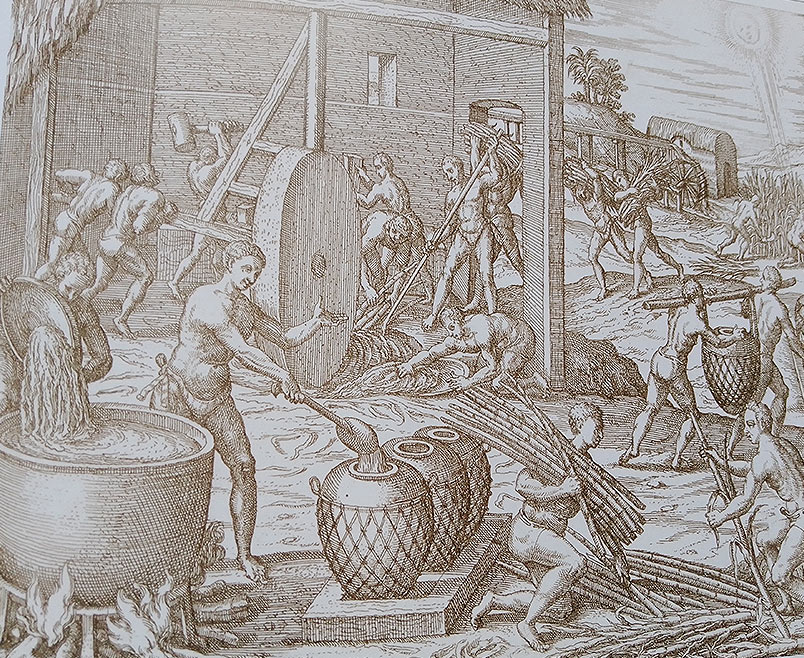
Rum, with its rich flavors and storied past, has woven itself into the tapestry of cultures and traditions around the world. From its origins in the sugarcane fields of the Caribbean to...
-
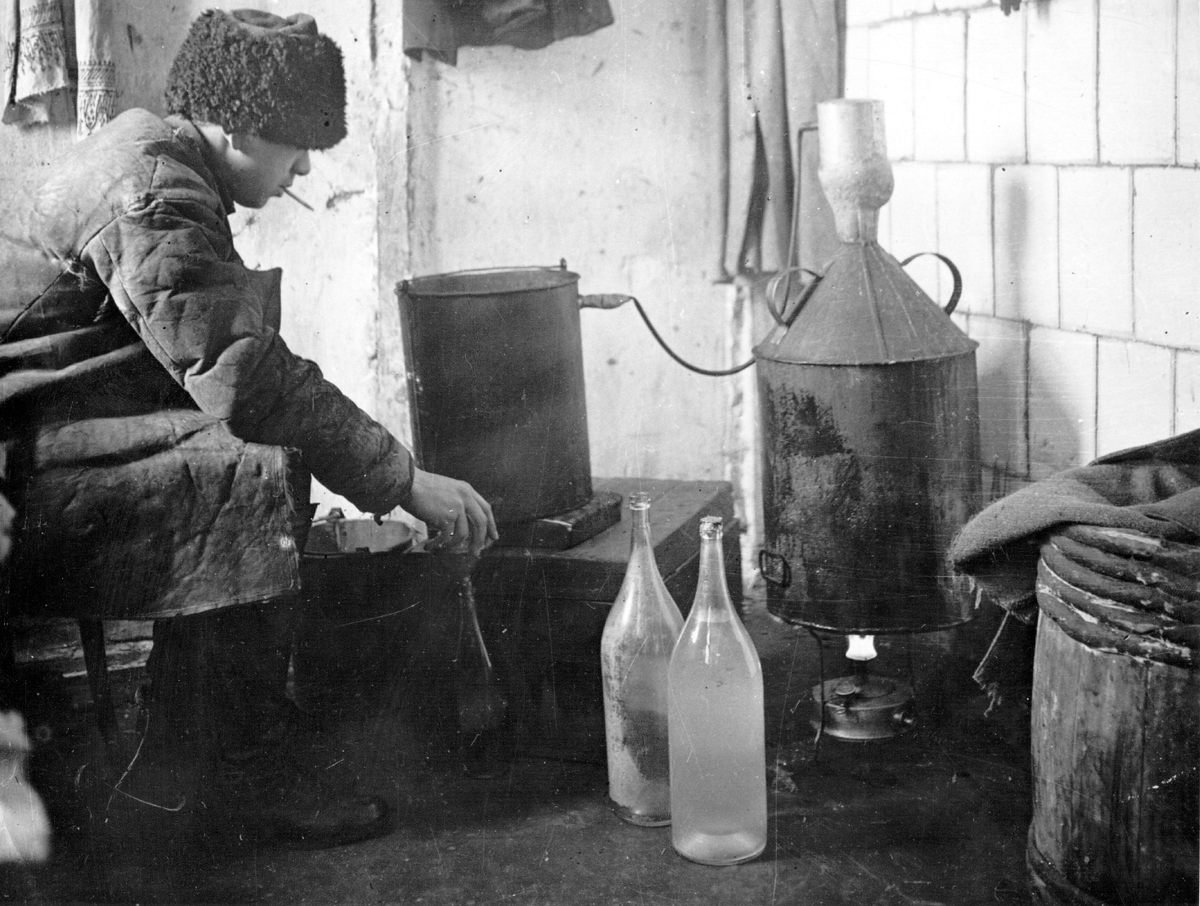
Vodka, with its clear, pure appearance and versatile nature, has a history as fascinating and diverse as the cultures that have embraced it. From its mysterious origins in Eastern Europe to its...
-

Whisky, with its complex flavors and rich heritage, has captured the hearts and palates of people around the world for centuries. From its humble beginnings in ancient civilizations to its global prominence...
-
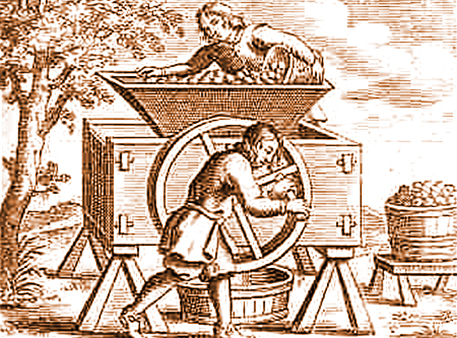
Cider, with its crisp and refreshing taste, has a history as rich and diverse as the apples from which it's made. From its ancient roots to its modern resurgence, cider has been...
-
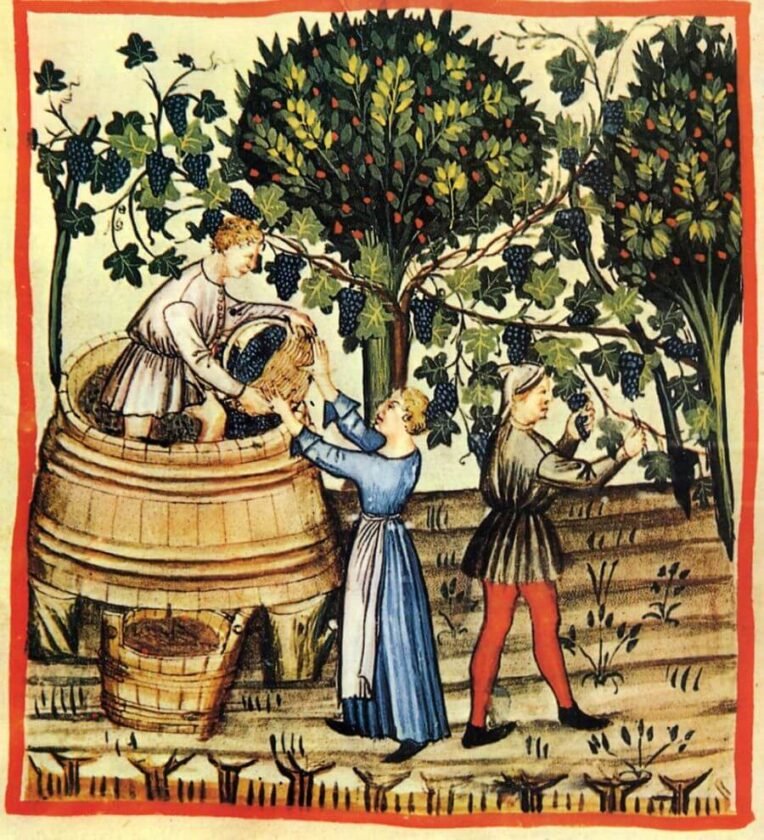
Wine, with its rich tapestry of flavors, aromas, and cultural significance, has been an integral part of human history for millennia. From its humble origins in ancient Mesopotamia to its global prominence...
-
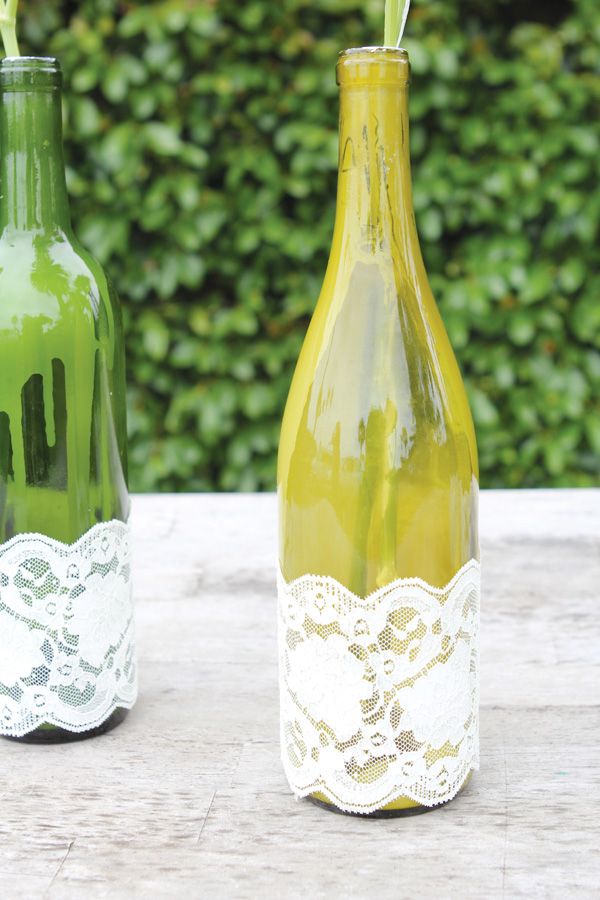
Wine isn't just for drinking—it's also a versatile and inspiring medium for crafting and décor. Whether you're looking to add a touch of wine-inspired charm to your home or seeking unique gift...
-
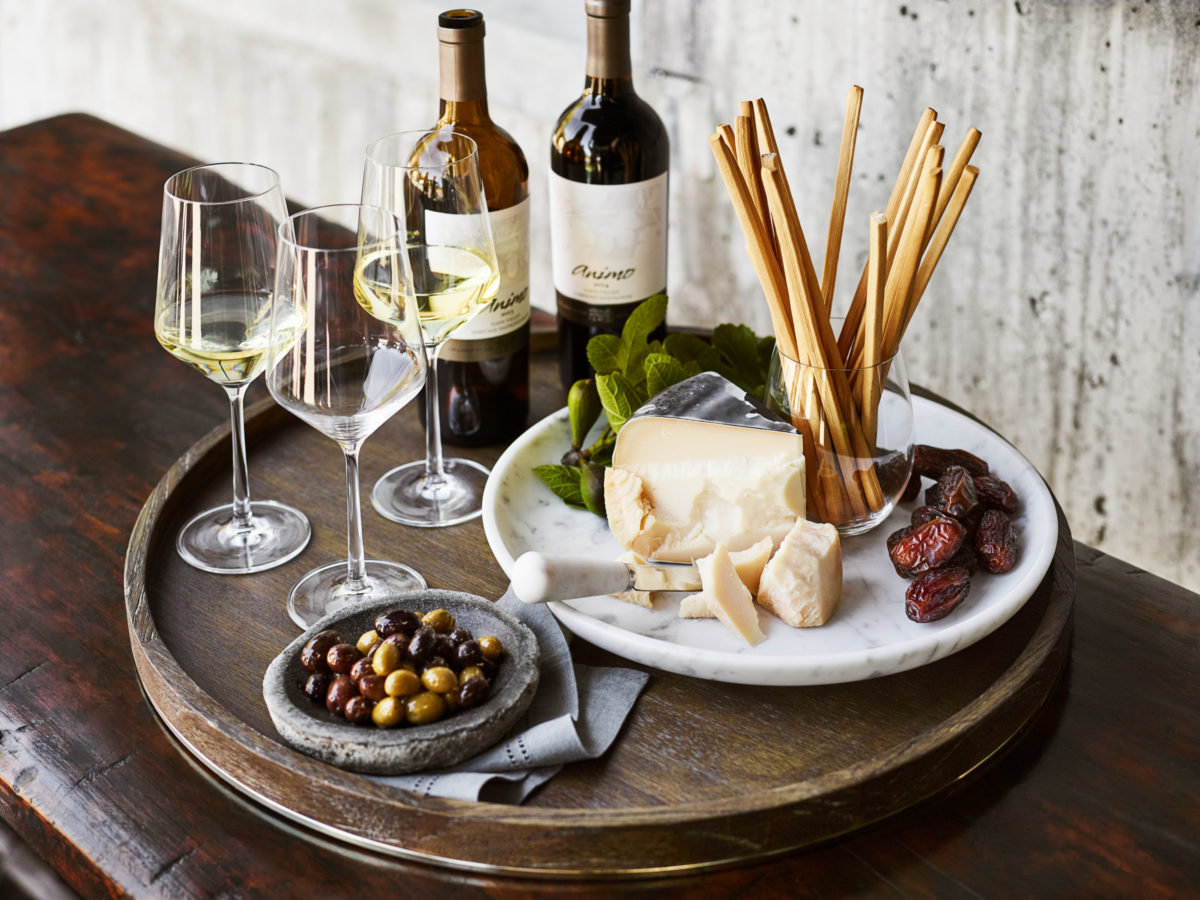
There's no better way to explore the world of wine than by gathering friends and loved ones for a wine tasting party. Whether you're a seasoned oenophile or a curious novice, hosting...
-
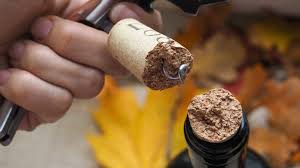
Wine, with its complexity and nuance, is a beverage cherished for its ability to delight the senses and evoke a myriad of flavors and aromas. However, like any agricultural product, wine is...
-
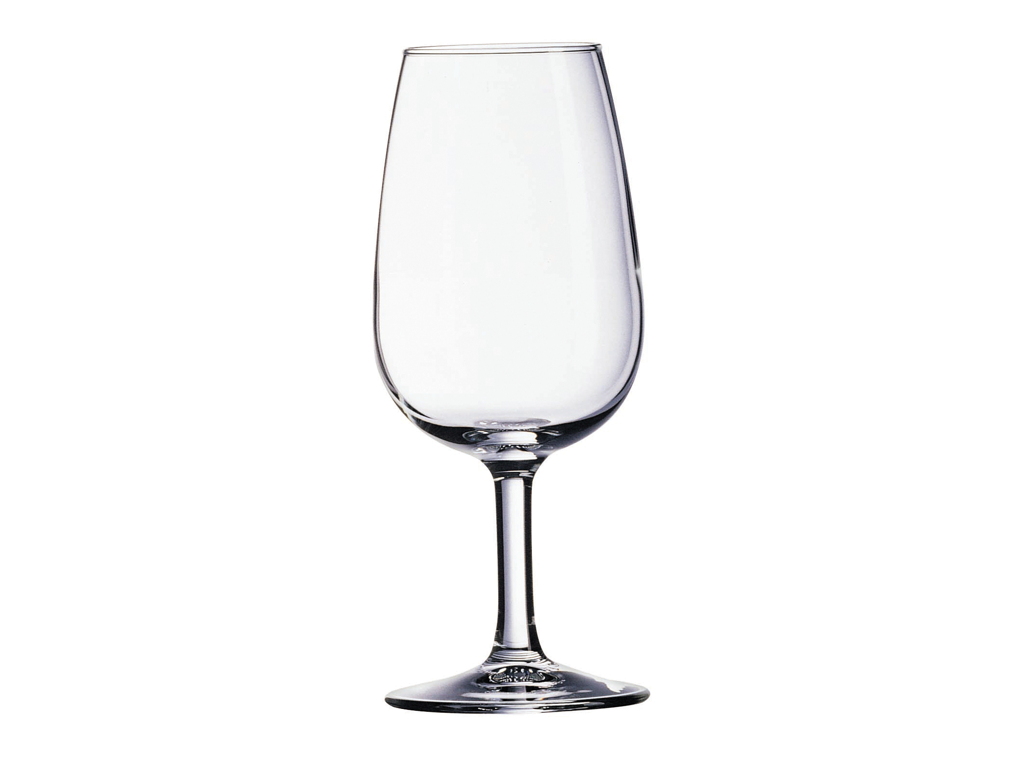
Selecting the right wine glass can significantly enhance your enjoyment and appreciation of wine, allowing you to fully experience its aromas, flavors, and nuances. With a wide array of shapes, sizes, and...
-
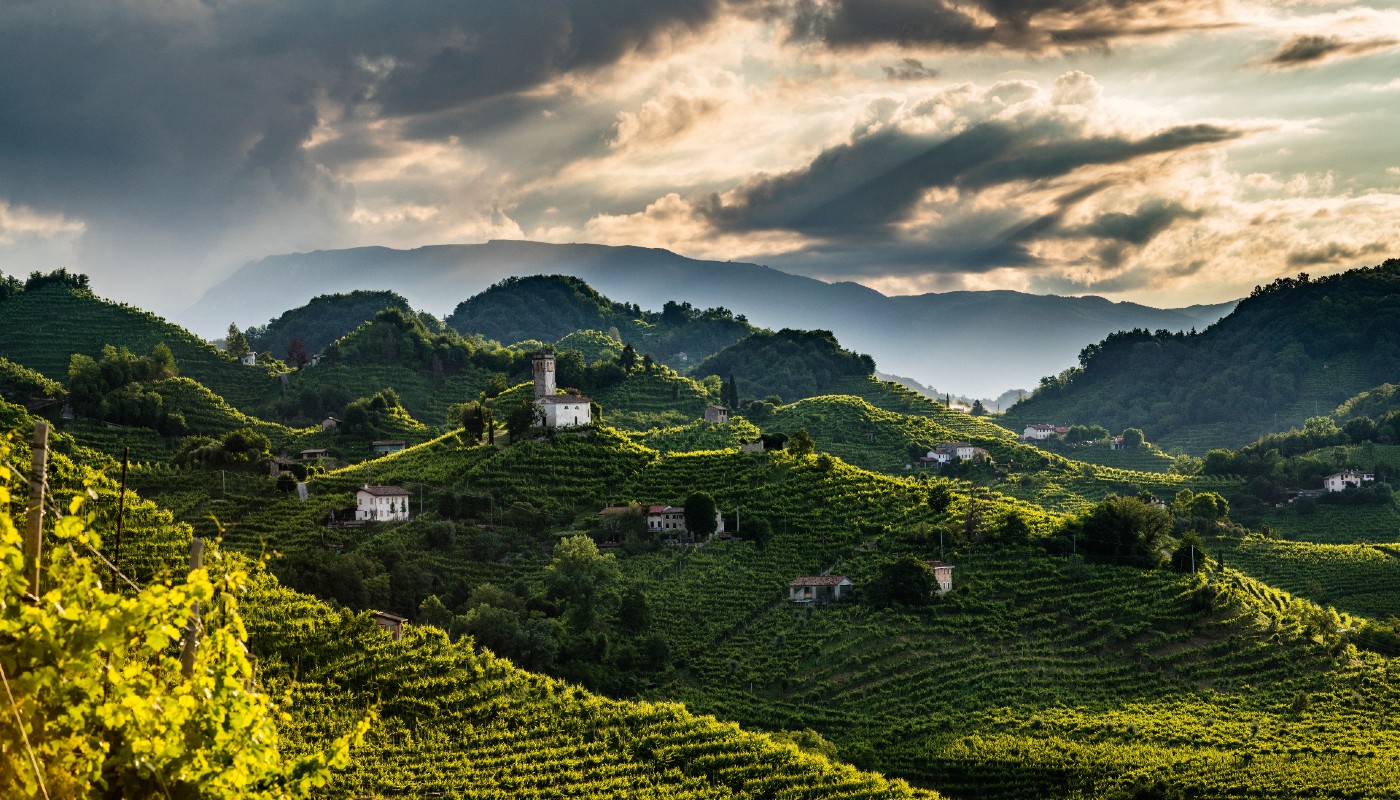
Nestled in the picturesque hills of the Veneto region in northeastern Italy lies the charming town of Conegliano, renowned as the birthplace of Prosecco and the epicenter of Italy's thriving sparkling wine...
-
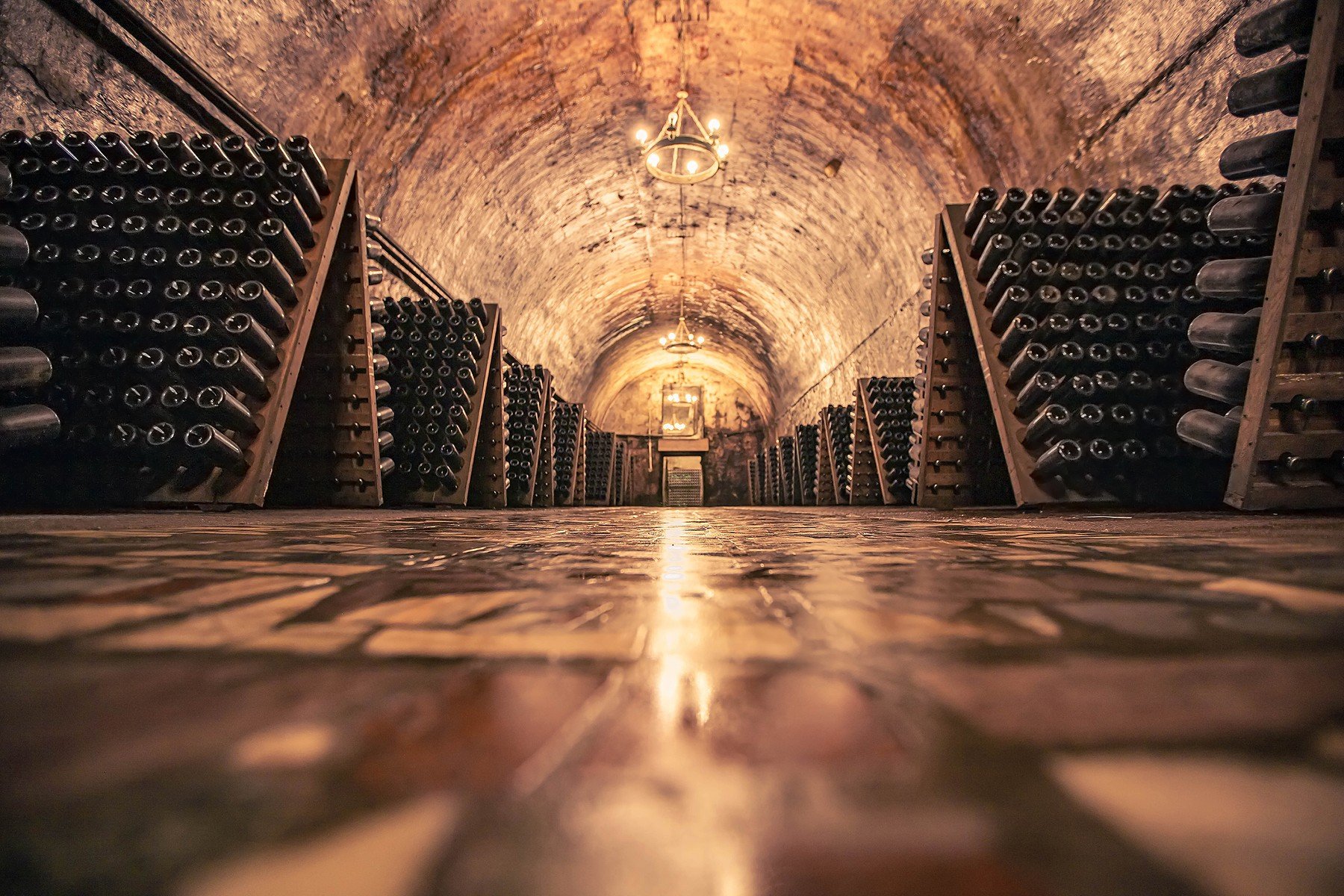
Champagne, the quintessential sparkling wine synonymous with celebration and luxury, is crafted through a meticulous and time-honored winemaking method known as the Méthode Champenoise. From grape to glass, the journey of Champagne...